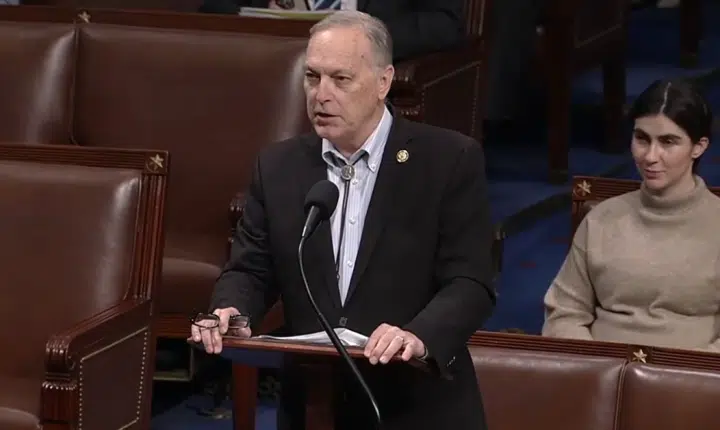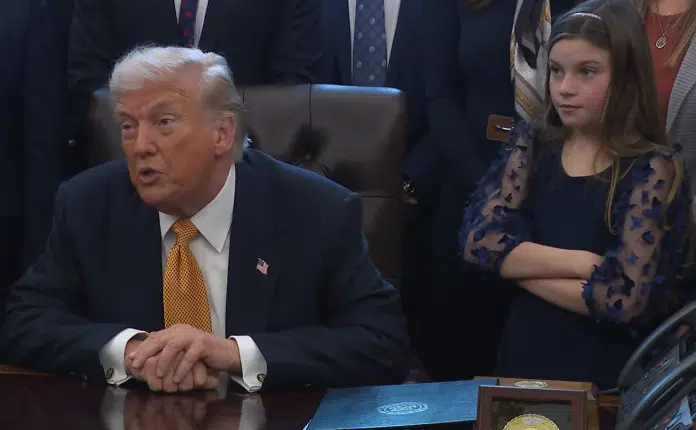
Producer prices fell 0.2 percent in May, led by a 5.4 percent drop in energy, according to the latest data from the Bureau of Labor Statics, and following 0 percent change in consumer prices reported a day earlier. Producer prices overall for the last year have increased 2.2 percent.
The news comes as the U.S. dollar has been strengthening on a net basis for much of this year, currently growing at 3.5 percent over the past 12 months, with the nominal broad U.S. dollar index now at 123.87 as of June 7, according to the latest Federal Reserve data.
Whereas a weak dollar tends to push up asset prices, whether in commodities, equities, real estate or cryptocurrencies, a strong dollar tends to slow down their increases, and if sustained, can even push them down.
In this case, it can serve as a function of higher interest rates — including the Federal Reserve raising interest rates beginning in 2022 — making borrowing dollars more expensive, which eats up dollars on a net basis, thus strengthening it.
After spending, borrowing and printing almost $7 trillion for Covid — the M2 money supply increased 43 percent from its Feb. 2020 level of $15.3 trillion to more than $22 trillion by April 2022 — the Fed then began hiking interest rates in earnest to combat the incipient consumer inflation, which peaked at 9.1 percent in June 2022. Since then, more than $1.18 trillion has been destroyed, a 5.3 percent decrease, to its current level of $20.8 trillion.
Strengthening the dollar in this manner in 2022 and again in 2024, is having the intended effect, with consumer inflation now down to 3.3 percent the past 12 months, and producer prices now well off their peak of 11.2 percent over twelve months in March 2022, all the way back down to 2.2 percent.
Lower producer and then consequential lower consumer prices is some good news, as it provides relief for both businesses and households, but they can also indicate softening demand as spending is pared back, which if sustained can lead to slowdowns and recessions.
On that count, since July 2022, the spread between 10-year and 2-year treasuries has been inverted, the longest period on record.
This happens when buy more long-term bonds than short-term bonds, likely on the expectation that interest rates — and therefore growth — will be lower looking forward. This usually happens near the end of the business cycle, but it cannot last forever. With the unemployment rate steadily rising from its April 2023 low of 3.4 percent to 4 percent in May, it is now at is highest level since Nov. 2021. This is also right on schedule, since as inflation cools because spending is pared back, layoffs tend to occur.
If and when a recession strikes, for example if unemployment continues rising, the Federal Reserve usually responds by cutting interest rates. At the same time, short-term interest rates should simultaneously resolve themselves below long-term interest rates, as the yield curve uninverts itself — the most painful part of the cycle, as that is when unemployment tends to spike the most.
Once again, the question might be whether there will be pain now, or pain later. On one hand, inflation still has not fully normalized, and on the other it’s an election year and the last thing the incumbent administration of President Joe Biden needs politically is a sudden spike in unemployment, although with unemployment already up 900,000 to 6.6 million from its April 2023 low of 5.7 million, it appears to already be baked into the cake.
The Fed could start cutting rates right now — it held them steady at 5.25 percent to 5.5 percent at its June 12 meeting — but that might come at the expense of its ability to fully tame the inflation brought on by the Covid spending binge. The answer appears to be to hold steady until the air comes out the economy, and deal with the rest of it later, meaning there could be more pain looking forward. Stay tuned.
Robert Romano is the Vice President of Public Policy at Americans for Limited Government Foundation.






